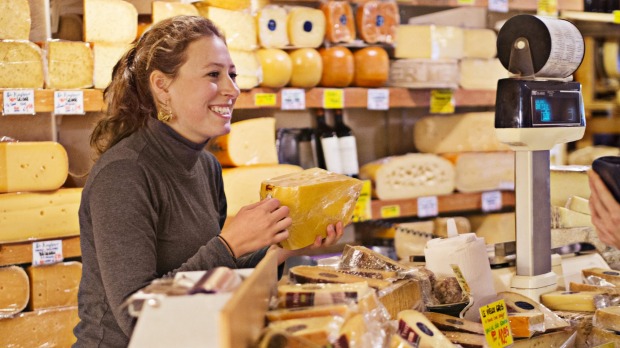
ORDER LOCAL
Don't order paella in Madrid. Don't order carbonara in Florence. European food is extremely localised, to the point where even something you consider a national dish – like paella in Spain – is only actually only done really well in one or two cities (in this case, Valencia). The secret is to find out your current area's local specialties and stick to ordering those. To figure it out, just ask, or look, around.
BOOK IN ADVANCE
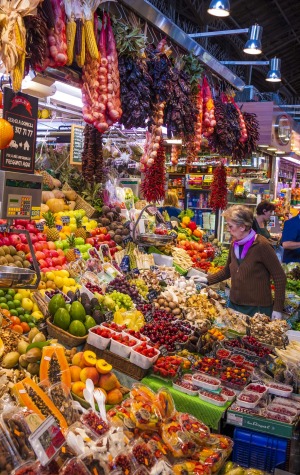
It's great to be spontaneous, but if you want to ensure you get to eat at some of Europe's best restaurants, you have to book in advance, sometimes up to three months or more. Most restaurants have facilities to reserve a table online, so booking is easy to do from home. Some – for example Ferran Adria's Barcelona eatery Tickets – also offer last-minute tables in the case of cancellations, so if you miss out with an advanced booking, it's worth phoning the restaurant on the day.
TAKE A TOUR
In most European cities, from Stockholm to Berlin , Rome to Paris , there are local food bloggers offering tours of their city's culinary scene. With everything from market visits to restaurant meals, this is a great way to get to know the local culture, particularly at the beginning of your stay.
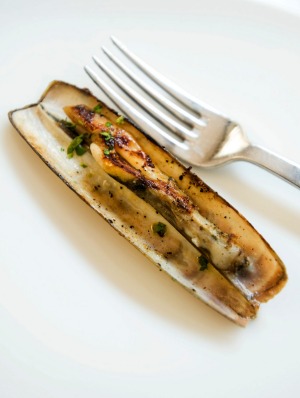
HIT THE MARKET
Some of Europe's best food isn't served in restaurants. It's not even served in cafes. To find the best local produce, hit the markets. Pick up local cheeses, or loaves of bread, or fresh-picked mushrooms, or preserved meats, or even locally produced wine. European markets are as much a social experience as a culinary one, making this a great window into local life.
SPLASH OUT
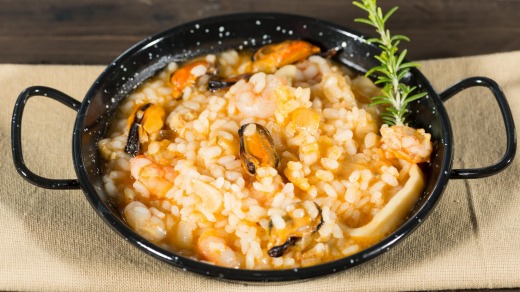
While there's plenty to love about hole-in-the-wall local eateries, you'd be missing out if you didn't dine at at least one of Europe's top, three-Michelin-star restaurants. It's going to be pricey – we're talking in the range of $300 per head – but at least once you should sample what the world's best chefs are turning out.
DO YOUR RESEARCH
Want to eat great, authentic local food and avoid tourist-trap disasters? You need to know what you're talking about. You need to know what the local specialties are. You need to know the classic, much-loved old restaurants as well as the contemporary stars. You need to know how much to be prepared to pay. Google is your friend.
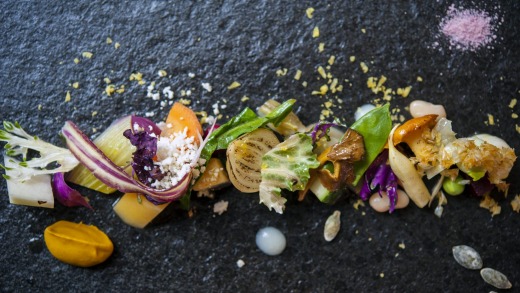
TAKE A CHANCE
Now is the time to broaden your culinary horizons. Eat razor clams from a tin in the north of Spain. Eat pig intestines in France. Eat wild boar salami in Italy. Eat zungenwurst – tongue-and-blood sausage – in Germany. Europeans have been eating this stuff for centuries, and they know what they're doing.
GO SOMEWHERE NEW
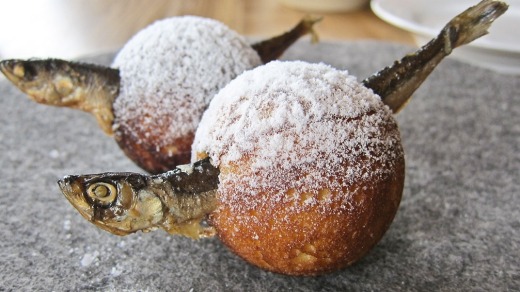
Foodies might normally be drawn to the rock stars of the European culinary scene, countries like Italy, France and Spain – however, there's some amazing food being served elsewhere, in particular Scandinavia. While the success of the Danish restaurant Noma is well known, there's also Faviken and Restaurant Frantzen in Sweden, as well as some interesting food scenes in cities such as Gothenburg and Copenhagen.
SHOP AROUND
Want the best bread? Go to a bakery. What the best pastries? Go to a patisserie. Want the best smallgoods? Go to a deli. Want great cheese? Go to a cheese shop. In European cities, ditch the supermarket visits in favour of specialised shops that have been churning out just one or two products for generations.
FORGET YOUR DIET
To truly enjoy your European foodie sojourn, stop worrying about your waistline. At least briefly. You need to enjoy all that's on offer here guilt-free. So while you're on holidays, feast on all the fatty, buttery, oily, cheesy, creamy, greasy dishes you can get your hands on. And then go on a crash diet when you get home.